#minimal traditional
Explore tagged Tumblr posts
Text
I'm going to get evicted if I can't catch up my rent immediately!
Please buy some artwork. The prices I give on Tumblr are roughly a 70% Off discount from Etsy pricing.










I'm hanging on by a thread this Christmas without my mom. I can't take any more without breaking completely.
Venmo- Kate-Havekost
Paypal- [email protected]
$2800/$9425
#art#painting#artwork#artists on tumblr#traditional art#drawing#flowers#floral#forest#sketch#watercolor#nature#minimal#botany#witchblr#illustration#pink#plants#wholesome#cottagecore#aesthetic#trees#photography#pretty#wildflowers#gold#purple#spring#summer
2K notes
·
View notes
Text







Saltviga House, Lillesand, Norway - Kolman Boye Architects
#Kolman Boye Architects#architecture#design#building#modern architecture#interiors#minimal#house#house design#modern#contemporary architecture#photography#beautiful architecture#cool architecture#elegant#detail#timber#windows#traditional#timber cladding#coastal#pine trees#water#landscape#nature#scandi#scandivanian#swedish design#norway#home decor
370 notes
·
View notes
Text
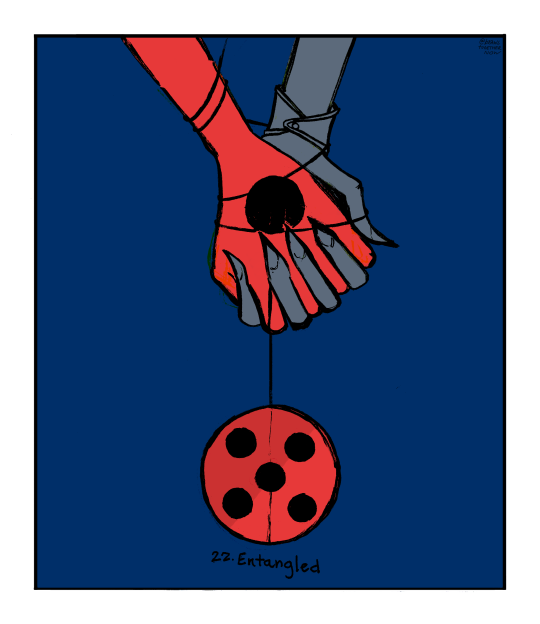


@ladynoirjuly days 11, 14, 22
#scribbles by the proprietor#miraculous ladybug#ladynoirjuly2023#ladynoir#ironically was driven to hand-based minimalism by the onset of lingering hand pain#on the upside! have i mentioned i have scanner access now#traditional art#can you put pen inks you slapped digital colors on in there or is that only for photos of sketchbooks with the pens at the edge
511 notes
·
View notes
Text

i have a long day ahead
#forgive me if the translation is wrong my spanish is minimal#homestuck#karkat vantas#davekat#dave strider#ruroekaki#mspain#made in 10 mins because im going to school soon for the worst presentation of my life#davekat traditional yaoi save me .....
55 notes
·
View notes
Text




Misc doodles I did to figure out outfits and composition for my day 1sketchbook week drawing. It’s funny cause I drew soooo many Kaisas trying to get her outfit down and then drew Johanna once and went yup that’s the one.
#I probably won’t coloje the rest of my entries btw#will try and just stick to lineart with minimal background work so the characters remain the focal point#I wanted to try tho! and I’m glad I did even if it didn’t turn out well#hilda#hilda the series#netflix hilda#hilda netflix#art#my art#fanart#doodle#drawing#sketch#traditional art#johanna hilda#hilda johanna#kaisa hilda#Hilda kaisa#sketchbook#sketchbook ship#kaisanna#sketchbook week 2024
48 notes
·
View notes
Text
Doodle dump from my mess of a sketchbook..









lil chapter 11 reference in there~
(:
#emd fanart#acey doodles#doodle dump#no think sketches#doodle doodle doo#been doing a lot of traditional stuff recently#digital sketching has been so minimal oof-#but!#i can't be stopped from yelling about the disaster boys#i love them and miss them greatly#<3 <3 <3#:)
142 notes
·
View notes
Text
Pfp is now suitable for the season of jolly and holly

This was actually a doodle I did at school that I traced over and coloured digitally

Original (I fixed the janked limbs + added silly tongue)
#art#digital art#traditional art#doodle#kcaart#utdr#deltarune#deltarune fanart#noelle holiday#noelle deltarune#my art#oh she's blonde#ay my bad#i might fix it#art?#oh yeah btw i forgot to put my signature on this + it's pretty minimal effort so do whatever the hell you want with this
23 notes
·
View notes
Text

brain activity
#art#my art#traditional art#drawing#aesthetic#artist#grunge#trans artist#poetry#sketchbook#journal spread#scrapbook#art journal#sleep#weirdcore#liminal#minimalism#psychology#dreams#dream#pencil drawing#sketch#sketchbook art#sketchbook page#visual poetry#haunting#subconscious
38 notes
·
View notes
Note
*holds my hand out like a poor English boy* Please Mr… could I get a dead end job doodle?

They're so cutes ,,,
(reblogs > likes !!)
#requests are probably going to have minimal colors now my mind is too clogged to put a lot of effort into things#also this is the first time I've been called mr. accidental gender euphoria moment :]#dhmis#dont hug me i'm scared#coffin dhmis#briefcase dhmis#dead end job#traditional art#bone's singular crumb
70 notes
·
View notes
Text
"I might regret asking.
But do you still hate me?"

"..."

"I-"
"It's nyokay if you do."
"...
Do you still.. Hate me? "
"...."

"......"

" You probably ought to "
#traditional art#my ocs#Dark lord Evilicus#Mewmew Agricola#Oc comic#(?)#Practice with like. Minimal art to convey alot and also closeups#Oc art#And um. This takes place after the next writing (unpublished as of writing this) :3
16 notes
·
View notes
Text
I'm going to get evicted if I can't catch up my rent immediately!
Please buy some artwork. The prices listed on tumblr are roughly 70% discount off my etsy prices.










SALES payable via PayPal and Venmo.
$2800/$9425
#art#painting#artwork#artists on tumblr#traditional art#drawing#flowers#floral#forest#sketch#watercolor#nature#minimal#botany#witchblr#illustration#pink#plants#wholesome#cottagecore#aesthetic#trees#photography#pretty#wildflowers#gold#purple#spring#summer
810 notes
·
View notes
Text







Library in Kressbronn, Germany - Steimle Architekten
#Steimle Architekten#architecture#design#building#modern architecture#interiors#minimal#concrete#modern#contemporary architecture#old and new#old building#timber frame#concrete architecture#library#cool architecture#beautiful buildings#timber cladding#windows#roof#traditional#reading room#books#town square#design blog#light#germany#german architecture#architectural design#architectural photography
176 notes
·
View notes
Text

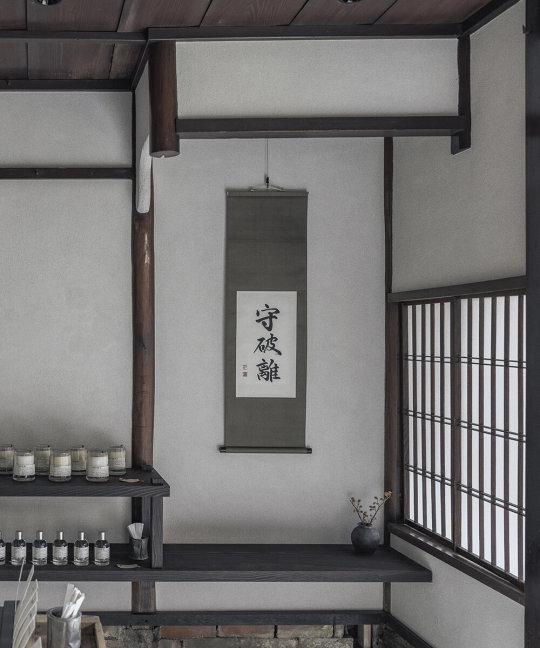
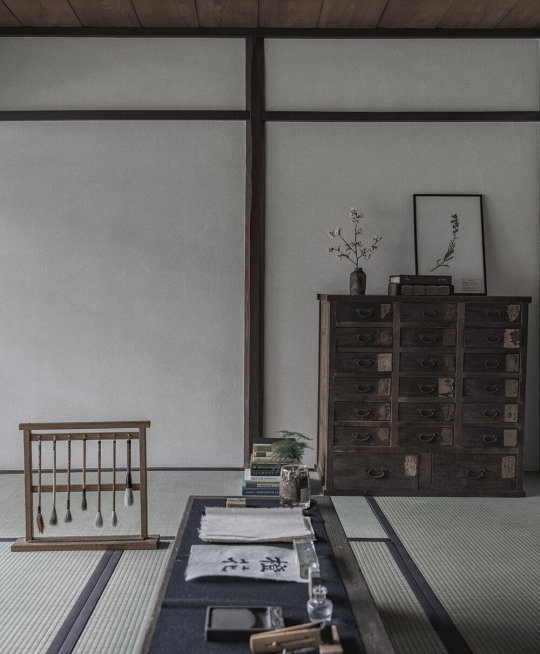
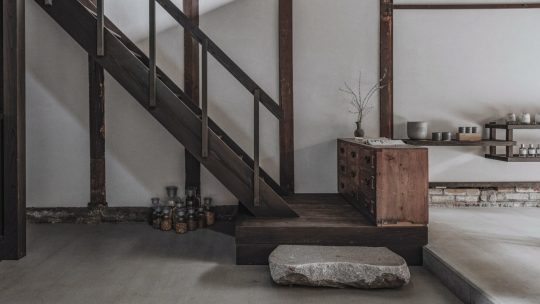
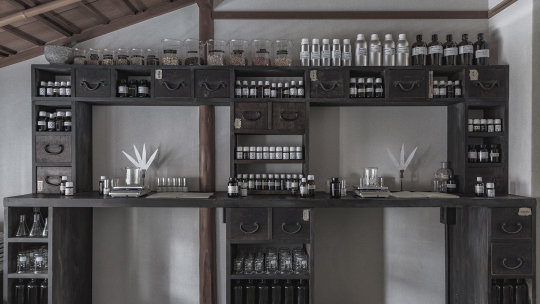

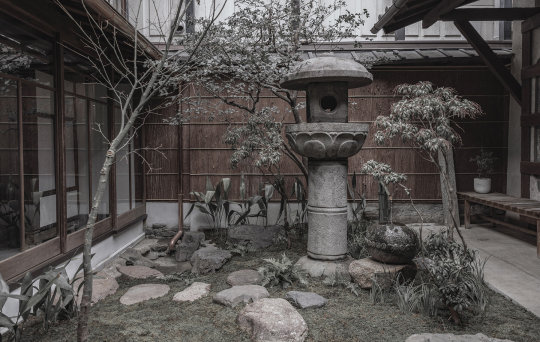
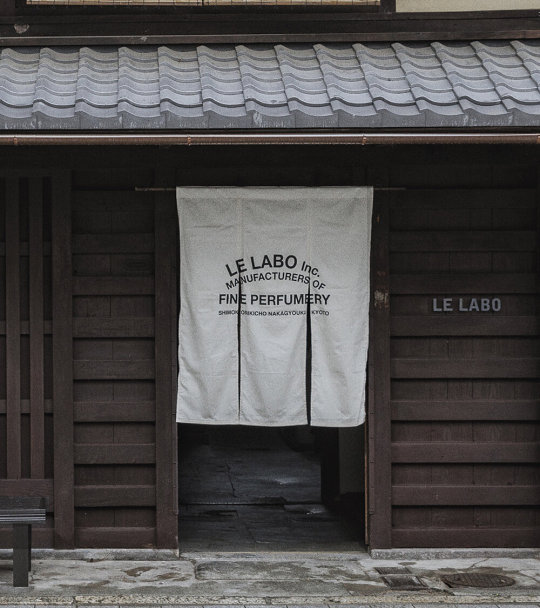
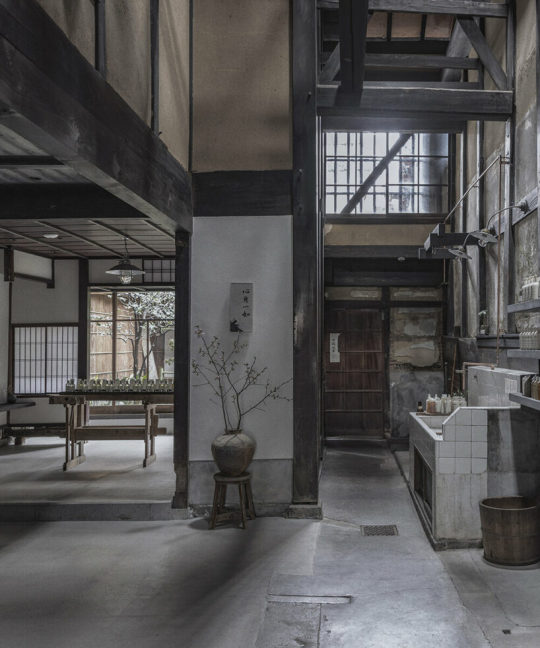

Le Labo Kyoto Machiya,
206 Banchi Shimokorikicho Nakagyouku, Kyoto
#art#design#architecture#minimal#nature#interior design#interiors#luxury lifestyle#le labo#parfum#fragance#japan#kyoto#machiya#traditional#millwork#townhouse
292 notes
·
View notes
Text
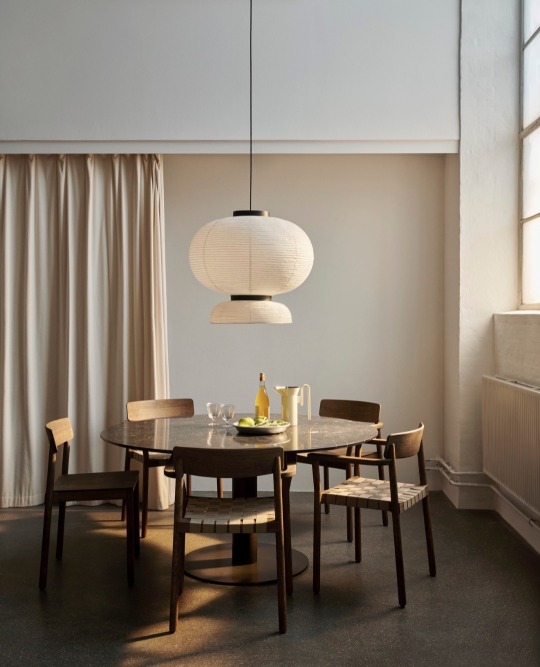
| @andtradition |
ig. geturlook2gether / ig.lauritabanita
#interior design#interior#photography#interior photography#minimal style#minimal interior#and tradition
73 notes
·
View notes
Text



I'll be the first to proclaim my love of traditional characters, but sometimes, just sometimes...
#i suppose a native speaker would be able to figure this out with minimal fuss#i gave up trying to write it into pleco and just looked up ‘chisel’ instead since it was obvious from the illustration#traditional characters#mandarin#chinese#漫畫#adventures in miniscule font reading#i kept thinking the top left had 缶 in there not 臼!#reading#word of the day
53 notes
·
View notes
Text
The Philosophy of Wabi-Sabi
Wabi-sabi is a traditional Japanese aesthetic and worldview centered on the acceptance and appreciation of imperfection, impermanence, and the incomplete. It is deeply rooted in Buddhist teachings, particularly those relating to the transience of life. The philosophy of wabi-sabi celebrates the beauty found in simplicity, humility, and natural processes. Here’s an exploration of its core principles and concepts:
1. Impermanence (Mujō)
Transience of Life: Central to wabi-sabi is the Buddhist concept of impermanence (mujō), which acknowledges that all things are in a constant state of flux and decay. This perspective encourages an appreciation for the present moment and the beauty of fleeting experiences.
Natural Aging: Wabi-sabi finds beauty in the natural aging process. The patina of wear and the signs of use on objects are celebrated as they reveal the passage of time and the story of their existence.
2. Imperfection (Wabi)
Beauty in Flaws: Wabi-sabi embraces the idea that nothing is perfect, and it is in the imperfections that true beauty resides. This could be seen in asymmetry, roughness, and the uniqueness of handmade objects.
Simplicity and Humility: The wabi aspect emphasizes simplicity and humility. It values modest, rustic beauty over ostentatious or overly elaborate designs. This often translates to an aesthetic of minimalism and restraint.
3. Incompleteness (Sabi)
Unfinished and Evolving: The sabi aspect of wabi-sabi appreciates the incomplete and the evolving nature of things. It suggests that beauty is a process, not a fixed state, and that objects and experiences are always in a state of becoming.
Quietness and Serenity: Sabi also conveys a sense of quietness and serenity. It reflects a meditative quality, an appreciation for solitude and the tranquility found in understated beauty.
4. Connection to Nature
Natural Materials: Wabi-sabi often involves the use of natural materials that age gracefully over time, such as wood, stone, and clay. These materials reflect the organic processes of growth and decay inherent in nature.
Organic Forms: The aesthetic favors organic, irregular forms that mimic the irregularities found in nature, as opposed to geometric perfection.
5. Mindfulness and Presence
Living Mindfully: Embracing wabi-sabi encourages living mindfully and being present in the moment. It’s about appreciating the here and now, and finding contentment in the current state of things, despite (or because of) their imperfections.
Acceptance: Wabi-sabi involves accepting the natural cycle of growth and decay, and finding peace and contentment in this acceptance. It’s about letting go of the pursuit of perfection and embracing the reality of impermanence.
Examples in Practice
Tea Ceremony: The Japanese tea ceremony is a quintessential example of wabi-sabi in practice. The ceremony emphasizes simplicity, natural materials, and the appreciation of imperfections in the tea utensils, such as a crack in a teacup that adds character and history.
Kintsugi: The art of kintsugi, where broken pottery is repaired with gold or silver lacquer, highlights the philosophy of wabi-sabi. It transforms damage into beauty, celebrating the history and imperfection of the object.
Gardens: Traditional Japanese gardens often embody wabi-sabi principles with their asymmetrical layouts, natural elements, and deliberate incorporation of aged or weathered features.
The philosophy of wabi-sabi offers a profound shift in how we perceive beauty and value in the world. By embracing imperfection, impermanence, and incompleteness, wabi-sabi encourages us to find beauty in the everyday, to appreciate the simple and humble aspects of life, and to cultivate a deep connection with the natural world. It is a reminder to live mindfully, to cherish the present moment, and to find peace in the ebb and flow of life’s inevitable changes.
#philosophy#epistemology#knowledge#learning#education#chatgpt#Wabi Sabi#Japanese Philosophy#Impermanence#Imperfection#Incompleteness#Buddhist Teachings#Natural Aging#Simplicity#Humility#Organic Forms#Mindfulness#Tea Ceremony#Kintsugi#Traditional Gardens#Aesthetic Principles#Transience#Rustic Beauty#Minimalism#Cultural Philosophy
14 notes
·
View notes